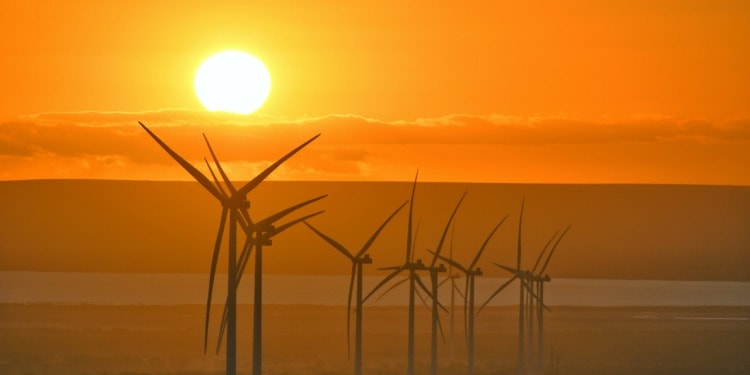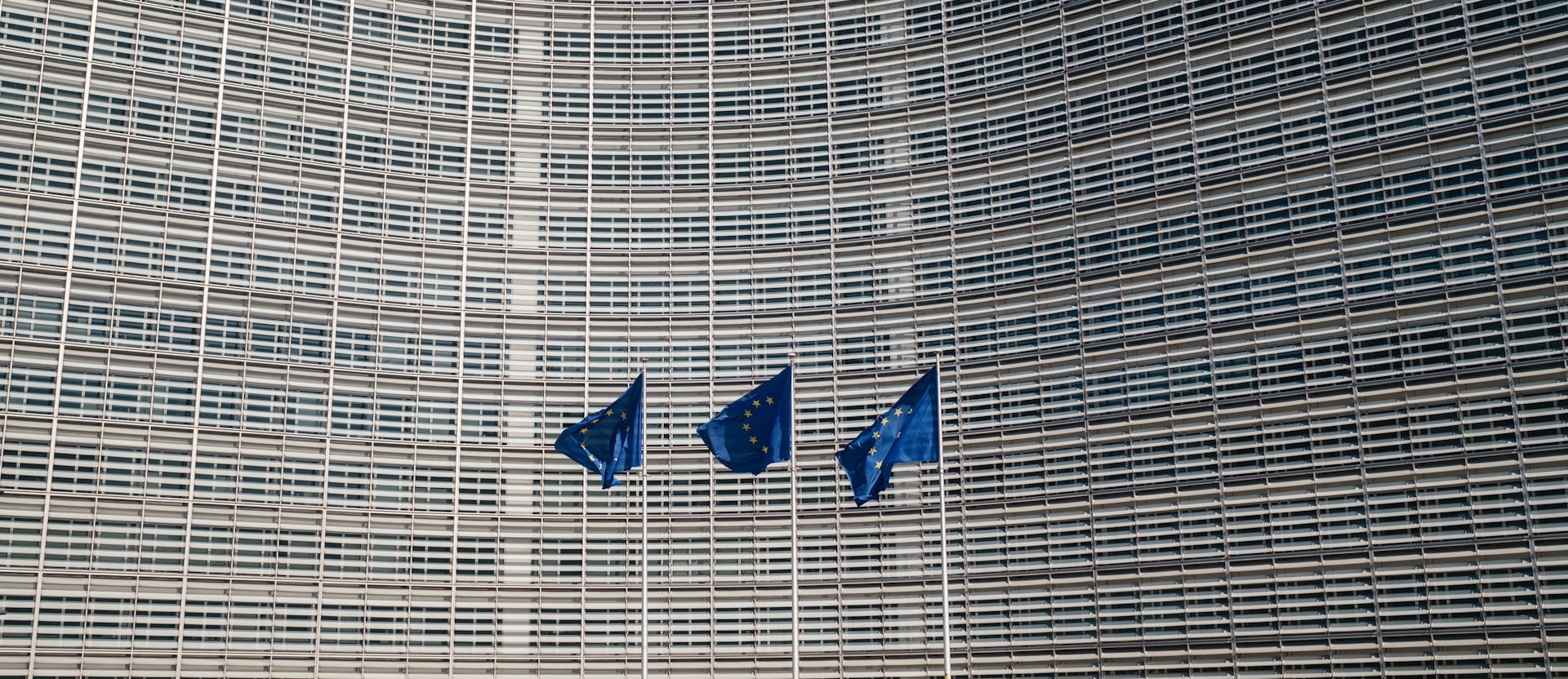On Tuesday, Germany voiced their support for the European Union’s own green subsidies plan, to increase incentives at the national level to compete with the United State’s Inflation Reduction Act.
The Inflation Reduction Act was passed in early August with the goal of providing $500 billion worth of funds to clean energy production in the US. The majority of spending will go toward supplying companies with green incentives to make a shift toward clean energy.
However, the EU has called out the latest bill as unfair to the EU trade market, only providing US companies with green subsidies whilst excluding and disadvantaging EU companies.
In response, EU member nations such as Germany and France are fighting to negotiate with Washington.
What does the EU want?
On Wednesday, European Commission President Ursula von der Leyen called for the reevaluation of state aid rules pertaining to decarbonization projects and creating a European fund to invest in clean energy.
Likewise, French President Emmanuel Macron has been showing his support for the law for quite some time now — calling for a Buy European Act which would reserve subsidies to manufacturers on the continent.
Macron views Washington’s move as a “Chinese-style” industrial policy that discriminates against non-US companies. He has since stated the EU may consider taking the US to the World Trade Organization over the law, if not changed.
The part of the Inflation Reduction Act the EU specifically has the most problems with is the the IRA requirement that electric vehicles must have their final assembly in North America to receive the $7,500 tax credit.
This requirement has eliminated many European-modeled cars who already qualify for the incentive, and if nothing is changed, will continue to unfairly disadvantage the EU market despite whether companies are green or not.
Germany has also backed a green subsidy plan, however, Chancellor Olaf Scholz and Economy Minister Robert Habeck of Germany don’t see the need for an immediate green subsidy program as there is still a plethora of funds left available in existing programs.
Instead, they are calling for free-trade talks between the EU and Washington to seal an industrial tariff agreement or a tariff-free environment for green technologies; something the US has already done for Canada and Mexico.
At a joint press conference with Macron in early December, Biden promised the US would work on reaching an agreement.
“We’re going to continue to create manufacturing jobs in America but not at the expense of Europe,” said Biden. “We can work out some of the differences that exist, I’m confident.”
Macron also seemed optimistic near the end of the conference, saying Biden and him agreed to “resynchronize (their) approaches” to provide governmental support for crucial clean energy industries.
“Everything that is absolutely decisive, because as a matter of fact, we share the same vision and the same willingness,” Macron said.
Already, the US Treasury Department is working on re-specifying how it will allocate tax provisions for companies and Biden has called for a revision to the language of the Inflation Reduction Act to ensure better treatment toward countries the US has free-trade agreements with.
What does the German plan entail?
In an effort to create a similar program, Germany’s government has already agreed to put down more than 10 billion euros over the next couple of years toward green energy incentives for industries looking to make the clean switch.
The plan would compensate high-energy industries such as steel, aluminum and cement for the costs it takes to switch to climate-friendly practices. It is also expected to subsidize expenditures linked to operating costs.
Macron, like Germany, has been pushing for the green subsidies program to go through, despite the free-trade disputes with the US.
At the time of writing, Germany, EU member nations, and the European Commission are still working on the plan, yet Germany is intent on getting the program up and running quickly – looking to start implementing it in early 2023.
Despite what seems like widespread support in the EU, some prevalent voices believe the green subsidies program is unnecessary.
European Union competition chief Margrethe Vestager expressed that green subsidies aren’t the route for the EU to pursue to resolve trade disagreements with the United States and the ongoing energy crisis.
Vestager heralded the EU’s efforts, however stating that “public support” can’t solve all of Europe’s energy problems.
“State aid is a powerful solution to the current challenges, but you can’t build competitiveness out of subsidies,” said Vestager. “Only a seamless, strong and well-functioning single market can provide for sustainable, long-term growth.
She adds that instead she is in support of lifting the “remaining barrier to the single market” and restated her beliefs that Europe’s single market is the “most precious asset” to European competitiveness.
As the EU wrestles with their latest effort to curb the energy crisis, it appears the majority of EU member nations are in favor of the US’s approach to use green incentives to increase clean energy production — or at the very least, there seems to be a cohesive agreement that clean energy production is important and must continue to progress by some means (how this will be reflected by the EU Corporate Sustainability Reporting Directive is still to be understood though).
Editor’s Note: The opinions expressed here by Impakter.com columnists are their own, not those of Impakter.com –In the Featured Photo: Port Augusta Renewable Energy Park on November 22, 2022. Source: John Morton, Flickr.













